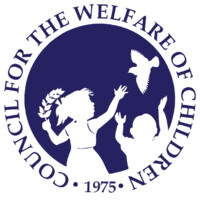
Council for the Welfare of Children
The Council for the Welfare of Children is the focal inter-agency body of the Philippine Government for children. It is mandated to coordinate the implementation and enforcement of all laws; formulate, monitor and evaluate policies, programs and measures for children. Providing dynamic leadership in ensuring a child-friendly and child-sensitive society where every child fully enjoys his/her rights.






